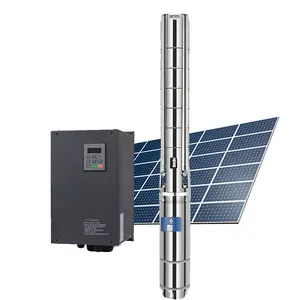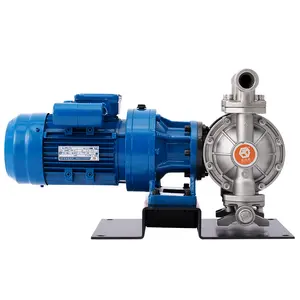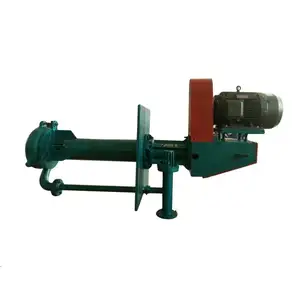
Submersible water pumps are engineered to be fully submerged in the fluid they are pumping. They are typically used for a variety of applications including drainage, sewage, and slurry pumping. The design incorporates a hermetically sealed motor closely coupled to the pump body, enhancing the pump's efficiency and durability. This configuration also helps to prevent cavitation, an issue that arises when there's a significant elevation difference between the pump and the water surface.
A key feature of these pumps is the use of a system of seals that prevents the fluid being pumped from entering the motor, which could otherwise cause a short circuit. The versatility of the pump allows for connection to either a pipe or a flexible hose, depending on the requirements of the application. For ease of use, the pump is simply placed into the water and activated, with a caution to avoid running it dry to prevent damage to the impeller.
The pumps are designed with a slim profile and lightweight construction, often featuring top charge capabilities along with durable components such as cast iron impellers, 304 stainless steel casing, motor housing, shaft, and hardware. The motor is protected against thermal overload, ensuring reliable operation under demanding conditions. Some models offer an optional piggyback mercury-free float switch for automatic operation.
These pumps are suitable for residential, commercial, and industrial settings, capable of handling sediment-laden liquids with solids up to 3/8” in diameter. The self-cleaning impeller is made from abrasion-resistant hi-chromium steel, providing maximum durability and longevity. The electric motor typically requires field wiring, allowing for customization based on specific setup requirements.













































 浙公网安备 33010002000092号
浙公网安备 33010002000092号 浙B2-20120091-4
浙B2-20120091-4